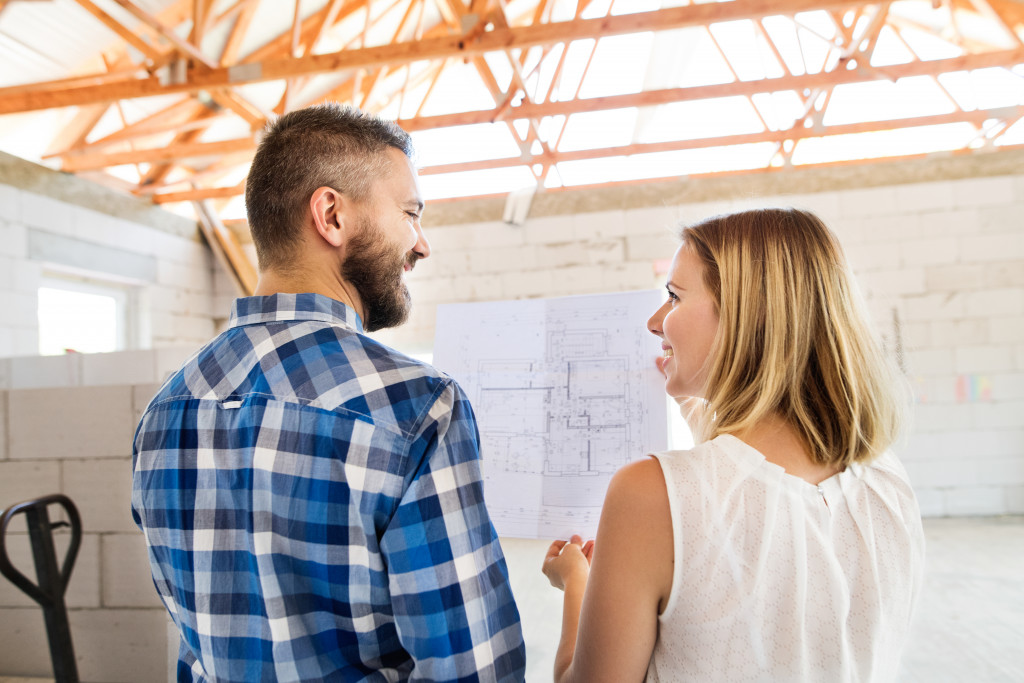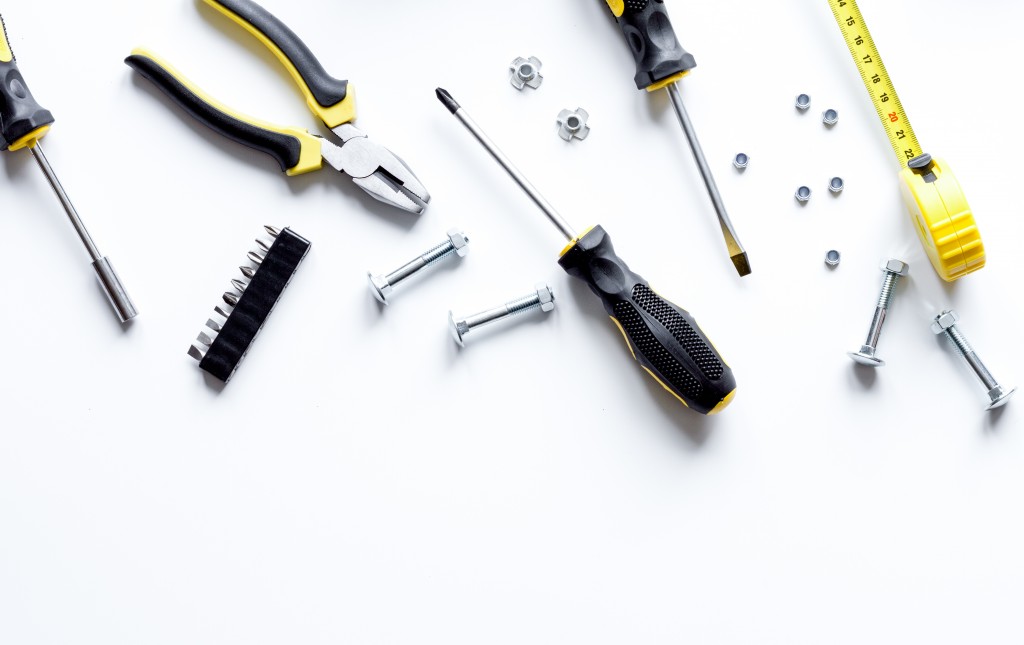- Choose a location that is easily accessible, preferably near schools, hospitals, and other amenities.
- Hire a reputable contractor with the required credentials and qualifications.
- Create an appropriate budget plan that caters to materials, labor, and land costs.
- Decide on the size and style of your home that suits your family’s needs and lifestyle.
- Integrate energy efficiency into the design by using building materials with high thermal performance.
There might come a time when you decide that you and your family need a new home, one that caters to your needs and suits your style. If this is the case, you might consider building your dream home.
Deciding to build your home is the first step on an exciting journey, but it can also feel daunting. But you don’t have to go it alone. Consider the following factors before you take the plunge and begin construction:
Location
The first thing you need to consider is the location of your dream home. The site you choose will determine the kind of house you can build and the cost. You want to choose a location that is easily accessible, preferably near schools, hospitals, and other amenities.
Additionally, consider the weather patterns in the location you choose; for instance, does the area experience extreme weather conditions that might require specific construction materials? If so, these should factor into the cost of your home.
Hiring a Contractor
When building your dream home, it’s essential to hire a reputable contractor who is qualified and experienced in the job. Finding the right people play s critical role in the success of your project, and you want to ensure that all work is completed up to code and promptly.
This is why in the UK, construction workers must obtain different certifications that will allow them to work on a construction site. One of the most important is a CSCS white card, which certifies that the contractor has passed health and safety tests. The good news is that obtaining a CSCS white card is easy and quick, meaning your contractor can immediately begin work.
Budget
Once you’ve chosen a location, the next thing you need to consider is your budget. Building your dream home can be expensive, and the scope of your project will depend on how much you’re willing to spend. You must create a budget plan that caters to the cost of materials, labor, and land. It’s essential to work with a builder who specializes in your budget.
Size and Style

Before your dream home takes shape, you need to understand its size and style clearly. Your home’s size and type will depend on your family’s needs, lifestyle, and preferences. For instance, if you have a large family, you’ll need a house with more bedrooms, and if you love to entertain, you’ll need plenty of open spaces. Your home’s style will depend on your taste, whether you prefer a modern or traditional design.
Energy Efficiency
Integrating energy efficiency into your home’s design can help reduce your carbon footprint and save you money in the long run. Here are some key ways to incorporate energy efficiency when building your dream home.
Building Materials
Selecting building materials with high thermal performance can also make a difference. Materials such as concrete, stone, or wood can help to regulate indoor temperature and reduce the need for artificial heating or cooling. Additionally, choosing materials with low environmental impact, such as recycled or eco-friendly options, can further minimize the carbon footprint of the building.
Insulation
Insulation plays a critical role in the energy efficiency of your home. Proper insulation installation in walls, floors, and the roof helps keep your home at optimum temperature, reducing heat loss in winter and heat gain in summer. This reduces the need for air conditioning and heating, significantly decreasing energy costs and creating a more comfortable indoor climate.
Lighting

Lighting is another significant element in energy-efficient home design. Maximizing natural light with oversized windows and skylights can help reduce the need for artificial lighting during the day. Upgrading to LED lighting or other energy-efficient light bulbs can save you money on energy bills. Installing motion sensor switches and timers to control light usage can improve energy efficiency.
Appliances and Fixtures
Appliances and fixtures with high energy efficiency can save more on energy costs than their low-rated counterparts. Consider installing high-efficiency toilets, showerheads, and faucets for water conservation. Appliances labeled with the ENERGY STARⓇ designation can save you money in electricity bills and reduce carbon emissions.
Final Thoughts
Building your dream home can be an exciting but challenging experience. With proper planning, however, you can create a home that suits your style and caters to your needs. From choosing the right location to considering your plans, there are essential things that you need to deliberate on before building your dream home. We hope this article has helped give you a starting point as you begin your journey to building your dream home.



